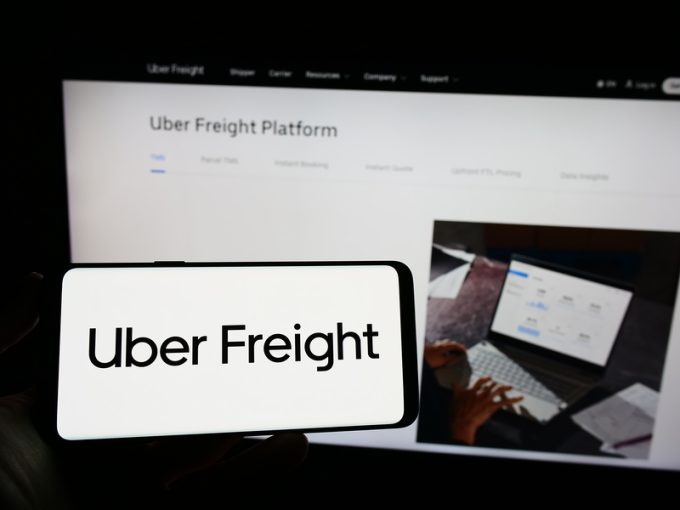Coyote out, USPS in, and yet another dispiriting UPS SCS update
Optimism justified?

At its annual ‘Deliver’ customer event yesterday Uber Freight unveiled a raft of technology advancements. Most prominent of these is the alignment with Uber Direct to expand final mile capabilities and bolster the company’s end-to-end logistics muscle.
The freight platform has integrated its parcel transport management system (TMS) with the delivery network of Uber Direct, the parent company’s on-delivery platform, to enable same-day, next-day and scheduled deliveries through Uber Direct drivers as well as its own network.
Currently more than 250m parcels ...
Macron calls for ‘suspension’ – CMA CGM's $20bn US investment in doubt
Trump tariffs see hundreds of cancelled container bookings a day from Asia
De minimis exemption on shipments from China to the US will end in May
Forwarders stay cool as US 'liberation day' tariffs threaten 'global trade war'
Mixed response in US to 'Liberation Day', while China leads wave of retaliation
Tariffs and de minimis set air freight rates on a volatile course
Overcapacity looms for ocean trades – with more blanked sailings inevitable
'To ship or not to ship', the question for US importers amid tariff uncertainty

Comment on this article